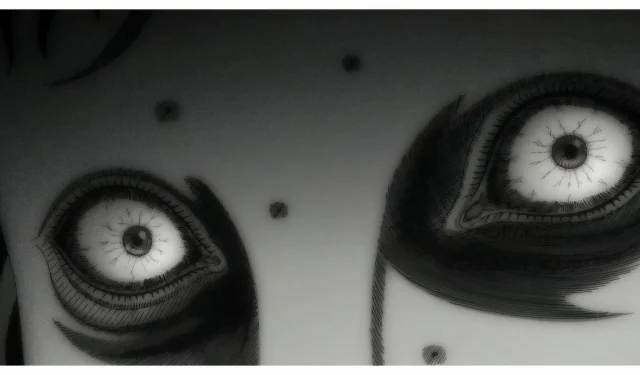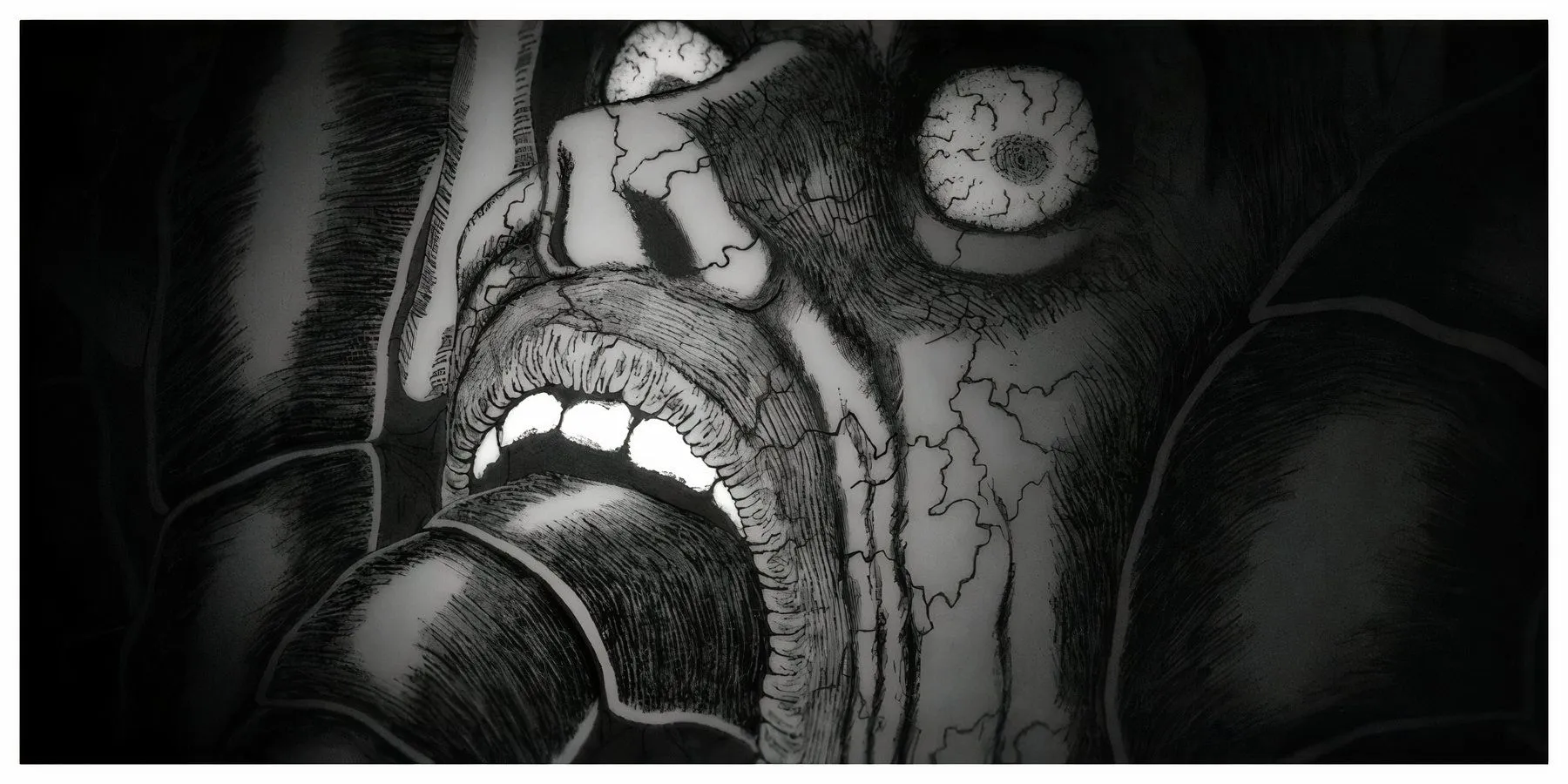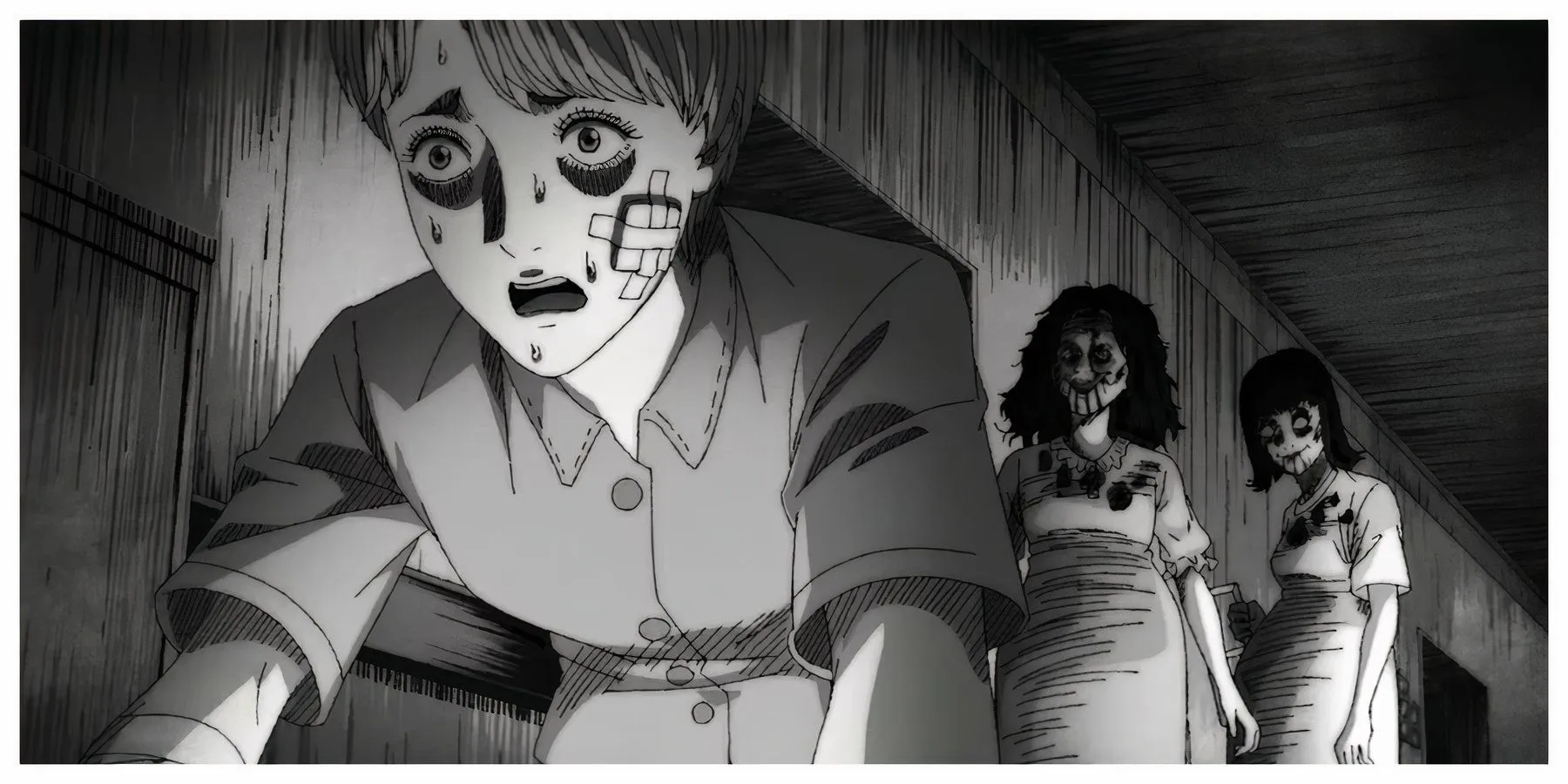
Essential Insights
- While Episode 2 struggled with animation quality, Episode 3 shows notable enhancements.
- The sound design and musical score continue to amplify the horror experience.
- Rapid pacing detracts from the storytelling in Uzumaki, resulting in chaotic and hurried events.
The inaugural episode of the Uzumaki anime captivated audiences with its stunning animation, creating a heightened experience from the original manga. The suspenseful music, intricate sound design, and talented voice acting successfully delivered the fear associated with Junji Ito’s iconic work. Unfortunately, the second episode was met with widespread discontent as fans criticized the substantial decline in animation quality and direction, attributed to a change in production teams.
Although the specifics behind the decline remain unconfirmed, Episode 3 demonstrates marked improvement over the poorly received Episode 2. Yet, it may be too late to rectify the series’ trajectory.
Animation: Impressive Yet Flawed
Efforts Shown in Improvements


Episode 2 was a significant setback for animation, especially after Episode 1 set such a high standard. In contrast, Episode 3, managed by the original animation team, showcases improvements in both aesthetic and direction. The illustrations provide greater consistency and more closely align with the original manga’s style, resulting in smoother movements. The art department undoubtedly made strides forward; however, given the previous episode’s pitfalls, any advancement was bound to be a relief.
Some scenes benefit from enhanced artistry, but the ominous atmosphere established in the premiere appears to have diminished. The poor quality of the art can often take attention away from the intended horror emanating from Kurouzo Town. Rumors suggest the production faced serious difficulties, nearly leading to its cancellation, which resulted in transferring the project to another studio. This change, coupled with the noticeable absence of director Hiroshi Nagahama since Episode 2, might clarify the sudden drop in quality.
Music and Sound: The Highlight
Music Enhances the Tension

On a positive note, Colin Stetson’s musical composition continues to stand out as a highlight of the series. His score skillfully immerses viewers in the horror of each scene, effectively enhancing the tension. Stetson’s previous works in films like Hereditary and The Menu showcase his ability to create unsettling atmospheres, which suits this adaptation well.
The sound design is another area where the series shines, as auditory elements are crucial in delivering effective horror. Each significant moment is accentuated by disconcerting sound effects that capture the surreal essence of the Spiral curse. As haunting moments unfold, the raw and natural sounds etch themselves into the viewers’ minds, offering a strong counterbalance to the animation’s shortcomings.
Direction: Pacing Issues
Hurried Storytelling

The production team preemptively stated that their aim was to increase the pacing with each episode, providing an experience akin to spiraling into chaos. While this idea is intriguing, its execution often detracts from the narrative. The lack of time for characters and viewers to digest events leads to a disorienting experience, as Kirie and Shuichi are thrust from one traumatic situation to another, seemingly oblivious to the horror around them.
This rapid progression may work in the manga, where each chapter focuses on separate narratives, but condensing multiple stories into a single episode diminishes the impact of each tale. Just as Kirie appears desensitized to her surroundings, viewers too may feel numb from the constant barrage of events.
While Episode 3 of Uzumaki: Spiral Into Horror shows discernible progress over Episode 2 in terms of animation quality, the swift pacing detracts from the storytelling intricacies present in Ito’s work. Events unfold too quickly to resonate deeply; for instance, the shocking occurrence of mothers transforming into bloodthirsty monsters barely settles before Kirie is again swept into another frightful ordeal.
This enhancement, while noticeable, may arrive too late to recover from what began as a promising adaptation but has regrettably devolved into yet another failure. It seems the Spiral curse may indeed hold true.




Leave a Reply